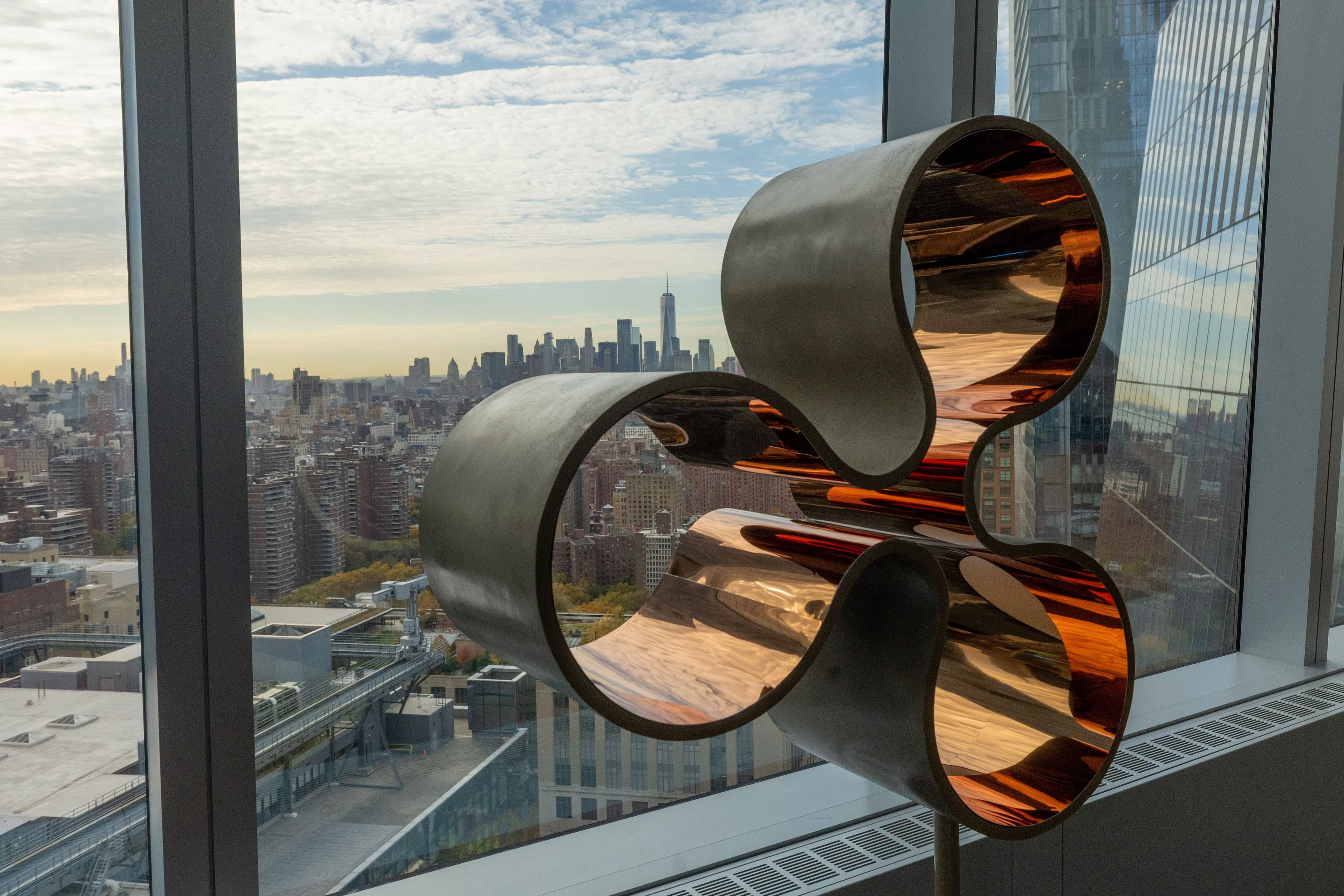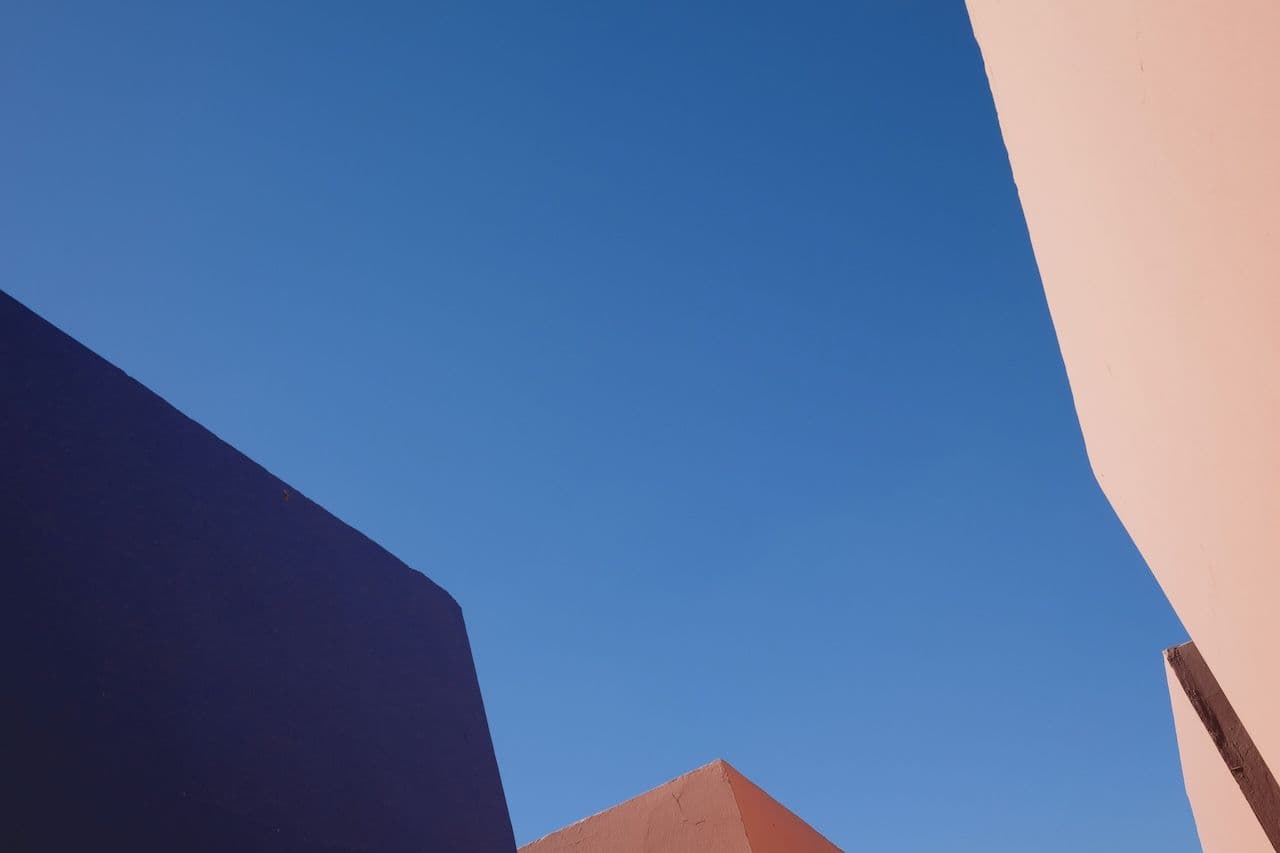Ripple’s University Blockchain Research Initiative (UBRI) supports world-class research and innovation across disciplines, from finance and law to engineering and the arts. At the University of Kansas (KU), UBRI funding has sparked an interdisciplinary collaboration that merges blockchain, community storytelling, and contemporary art. Led by Dr. Perry Alexander and the Spencer Museum of Art, the project explores how blockchain can empower communities to reclaim ownership over space, memory, and digital expression.
Public Research Institution with a Blockchain Vision
The University of Kansas is a leading public research university with a mission to elevate quality of life through innovative education and interdisciplinary scholarship. KU’s Institute for Information Sciences (I2S) serves as a key driver of emerging technologies, including blockchain.
Through UBRI, Ripple has provided funding for blockchain research at KU, supporting experimental collaborations like the Spencer Museum of Art’s decentralized counter-mapping project, bringing together engineers, artists, and communities to explore place and ownership. The project is in collaboration with artists Stephanie Dinkins and Simon Denny.
Faculty Spotlight: Dr. Perry Alexander
Dr. Perry Alexander is Director of the Institute for Information Sciences and a key figure in KU’s blockchain ecosystem. His research bridges engineering, software design, and social impact, making him uniquely positioned to lead collaborative projects that push the boundaries of blockchain applications.
To better understand the vision behind the project and the role UBRI played in bringing it to life, we spoke with Dr. Alexander about the origins of the collaboration, the unique challenges of blending art and technology, and how blockchain is helping communities tell their own stories in powerful new ways.
Q. How did this collaboration between the Institute for Information Sciences and the Spencer Museum of Art come about?
“I worked with The Spencer (Steve Goddard, Kris Krishtalka) on an exhibition honoring Alan Turing's 100th birthday. It was a blast, and I learned a ton. When the UBRI gift became a reality, one of my first thoughts was working with The Spencer again. I contacted my friends, and we were off. Joey Orr then contacted Stephanie Dinkins and Simon Denny, and they were excited to join us.”
Q. The project blends metaverse real estate, NFTs, and on-chain storytelling. What has surprised you most about how the artistic and technical elements have come together?
“The hard part of writing software is rarely writing software. It's figuring out how to position your work and craft it in a way that is intuitive and powerful for others. Working with artists is about 10x more difficult because most of our requirements are aesthetic. How do we communicate the message we want to communicate beyond the functioning software artifact? We've certainly had a few redirections figuring all that out.”
Q. How has UBRI’s support shaped the project’s trajectory, from technical experimentation to community-centered storytelling?
“Without UBRI, there is no project. The gift allows us to support our artists and students. That's a big deal for us. Also, the UBRI gift gives me space to think about blockchain as a technology and agent of social change. It keeps my attention and connects me with people who have broad experience with crypto technology.”
Q. What are some of the core blockchain tools or protocols you’ve found most useful or plan to build into the next phase of the project?
“Certainly, digital wallets and chains. The distributed control concepts that are essential to blockchain are essential to what we're trying to say with this work. We are trying to bring people together as co-equals. The blockchain enables this in ways that no other technology I've encountered does.”
Q. Why is the concept of ‘claiming space,’ both physical and virtual, so powerful for the communities you’re working with, such as Sandy Ground?
Land ownership is complicated. I have a deed that memorializes my “ownership” of the land where my home is. There is a chain of ownership starting at some time in the past that one can trace to legitimize that ownership. Sounds great. Particularly if I'm the owner and I'm supported by the dominant model of ownership. But there are others. I'm certain there are tribal models of ownership that are unaware of me. As a free state bastion in the Civil War, possibly Lawrence has Black models of ownership. Now think about places like New England or, even the Middle East, Asia, or Africa where civilizations and cultures have been running into each other for centuries. Lots of people claiming land in lots of different ways at different times in history. We are giving people from those cultures a way to document their ownership. To describe their claims in their own way and aggregate those claims in one, immutable record.
Q. What do you see as the next major milestone for this project, and what role will open-source development and the broader XRPL community play in it?
We're planning a release soon that others will be allowed to play with. We are finalizing what the user interface will look like and what the interaction model will be. Personally, I'm always interested in how software bumps into people. Watch for availability soon.
Student Impact and Innovation
Former lead student developer at KU, Emma Nasseri offered a perspective on the project, having seen its evolution over the course of several years.
“The artistic process around the work has organically evolved over the course of several years, inquiring around themes of decentralization and ownership through a variety of applications - from 51% attacks to multi-signature wallets. The artistic curiosity around digital ownership by artists Dinkins and Denny eventually culminated in questions around the relationship between physical space, digital abstractions of it, and the humans that interact with both.
The artists are currently working with student developers from the University of Kansas Blockchain Institute to create a decentralized counter-mapping system. The system maps a digital representation of the physical earth, allowing anyone to participate in collective story-telling by dropping a pin in the metaverse and making an on-chain attestation about the place.
The project captures a write-only distributed geographic archive of stories about people and places in an open and immutable way that could never be possible without blockchain.”
Two of the current student developers - Wolfgang Sell and Andrew Huang - are alumni of the Kansas Blockchain Fellowship (KBF). KBF was another initiative supported by Ripple’s UBRI Program, wherein students with no prior technical blockchain experience spent the summer learning about the web3 ecosystem and independently building a full-stack blockchain project from scratch. UBRI’s partnership with Ripple enabled both developers to be introduced to blockchain through KBF, deepen their understanding of the ecosystem through the KU Blockchain Institute, and contribute to blockchain research and development through the Spencer project.
Looking to the Future
With UBRI’s support, the KU Blockchain Institute (KUBI) has led a number of other initiatives in recent years, including the largest blockchain hackathon in the midwest, called the Midwest Block-a-Thon, and a fully on-chain Decentralized Autonomous Organization (DAO) where the past three KUBI elections have been held.
In the past two years, 10 XRPL projects have been built at KU through the University’s flagship hackathon, 6 of which were awarded prizes.
The Spencer Museum project is preparing for public interaction and feedback. Meanwhile, KU continues expanding its blockchain programs through I2S and the KU Blockchain Institute, training the next generation of blockchain developers and interdisciplinary thinkers.
Long-term, KU aims to be a national leader in the responsible application of blockchain for public good. UBRI’s support plays a key role in that mission.
The collaboration between KU’s Spencer Museum, the Institute for Information Sciences, and Ripple’s UBRI program embodies the initiative’s core spirit: supporting interdisciplinary innovation that reimagines how blockchain can serve society. By blending art, memory, and decentralized technology, the project not only showcases blockchain’s creative potential, it also opens new paths for storytelling, equity, and collective ownership.
Check out Ripple Insights for more stories from the UBRI Campus Collaborations series, and tune into UBRI’s All About Blockchain podcast for the latest on accelerating education, adoption and innovation in partnership with global universities.







